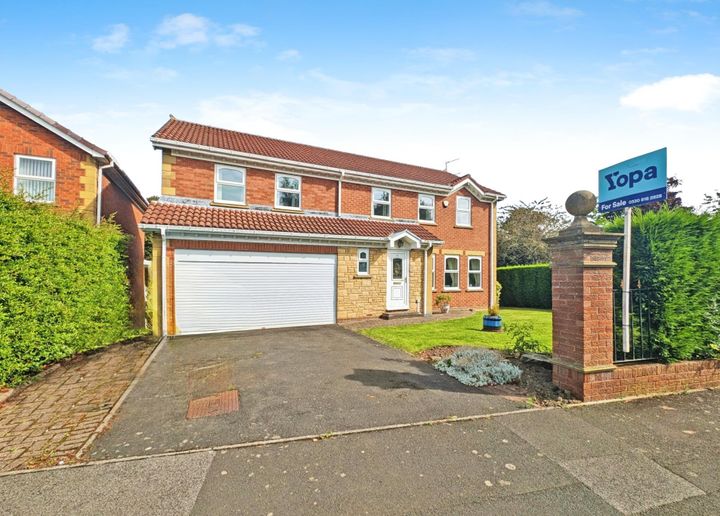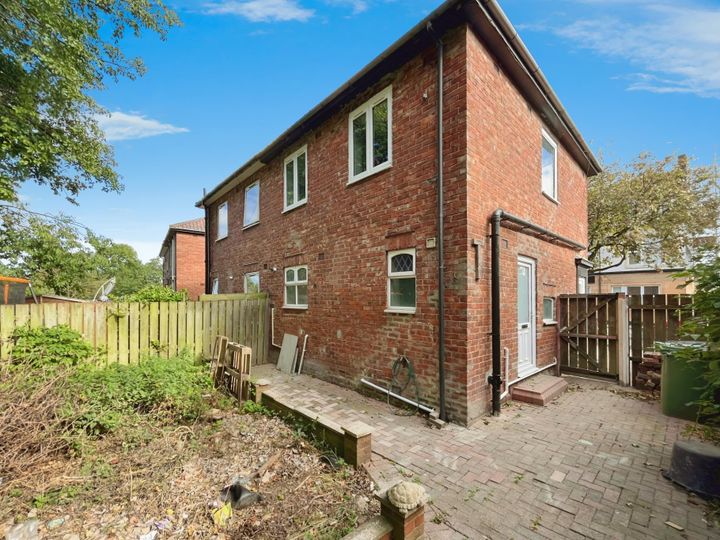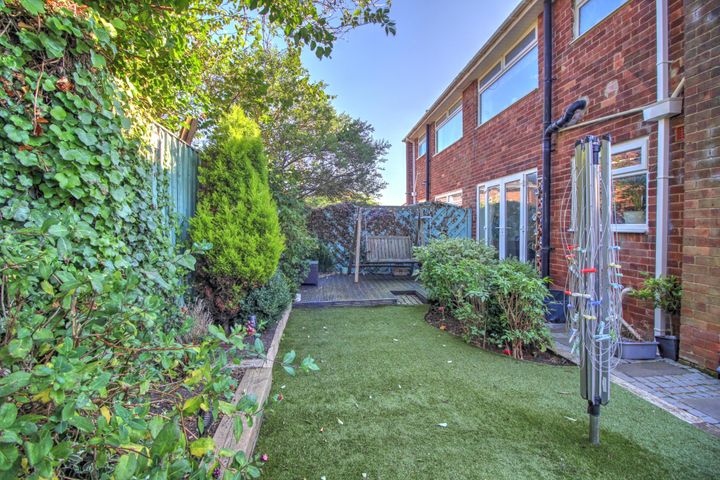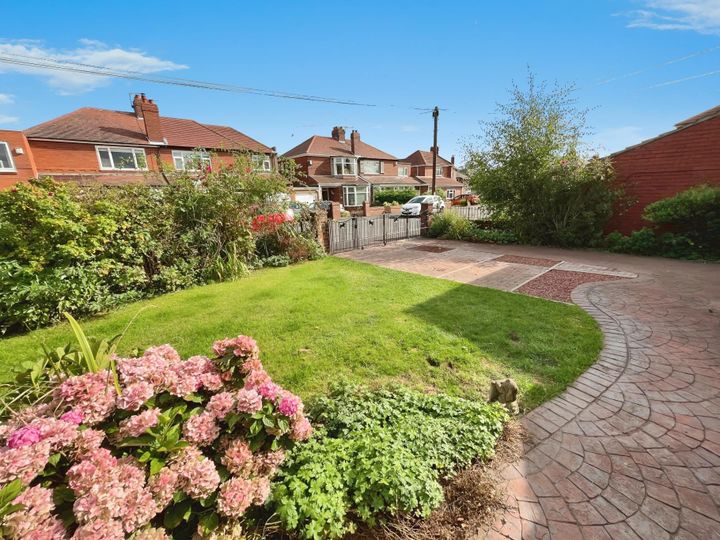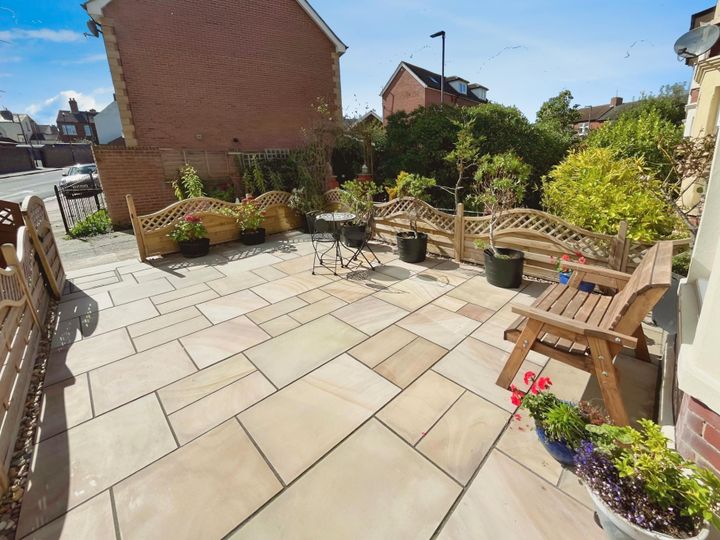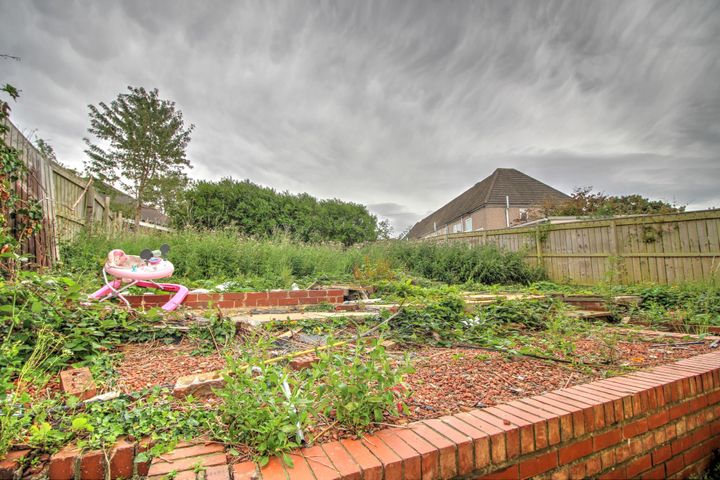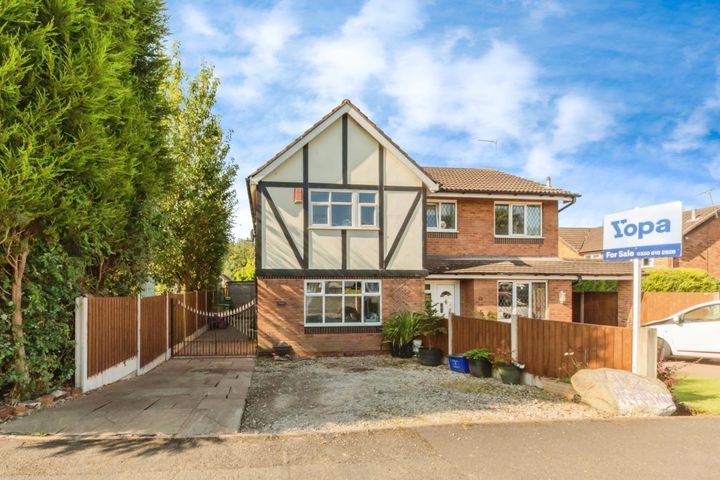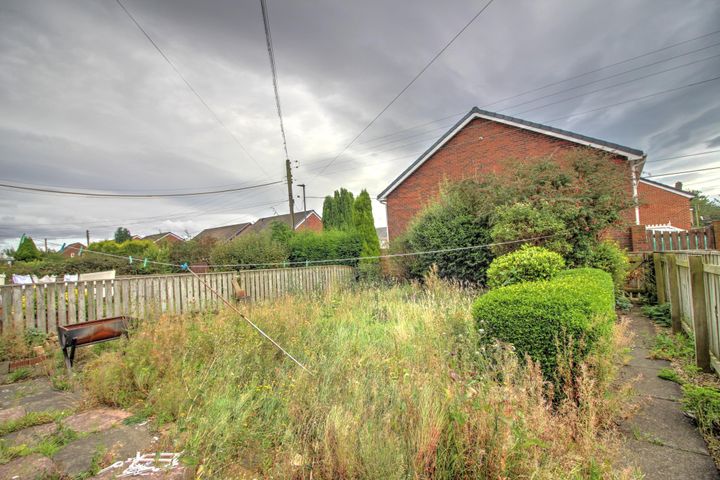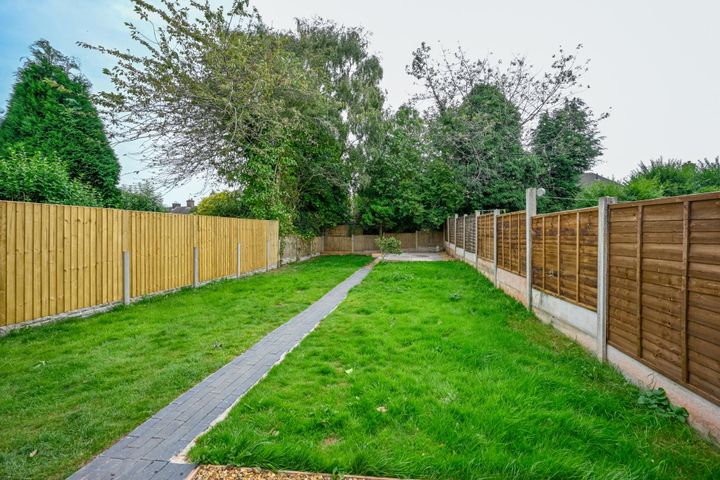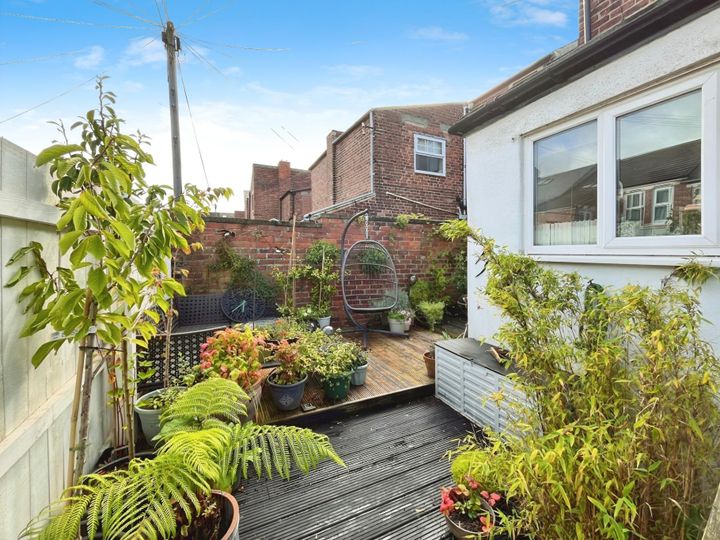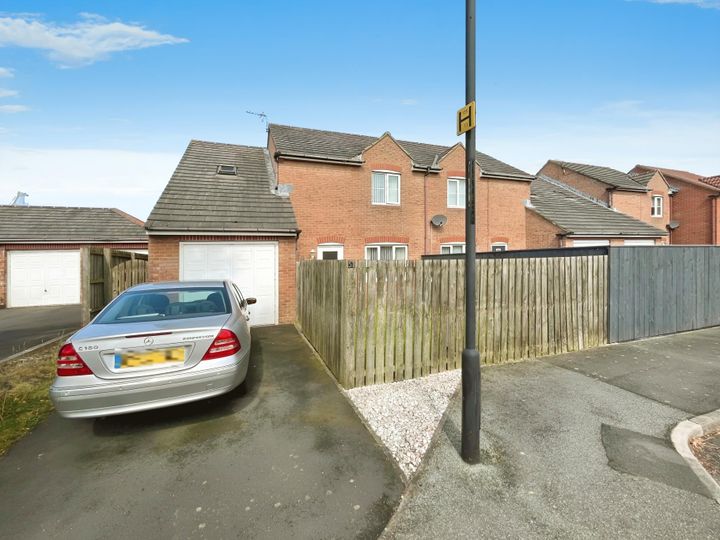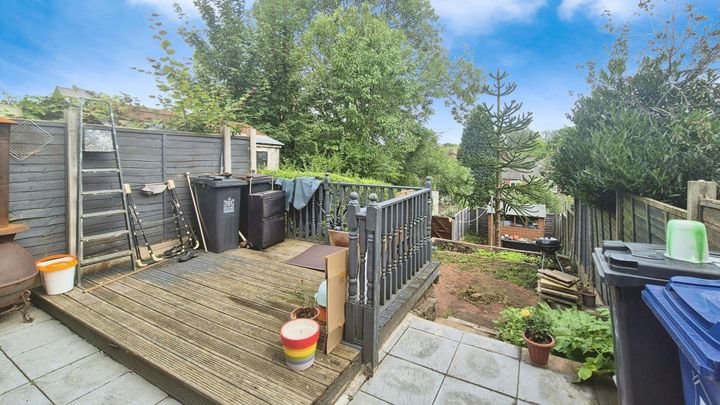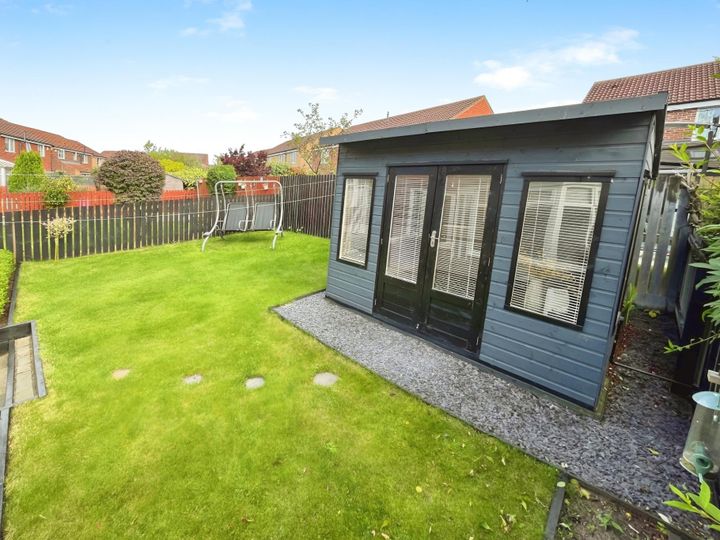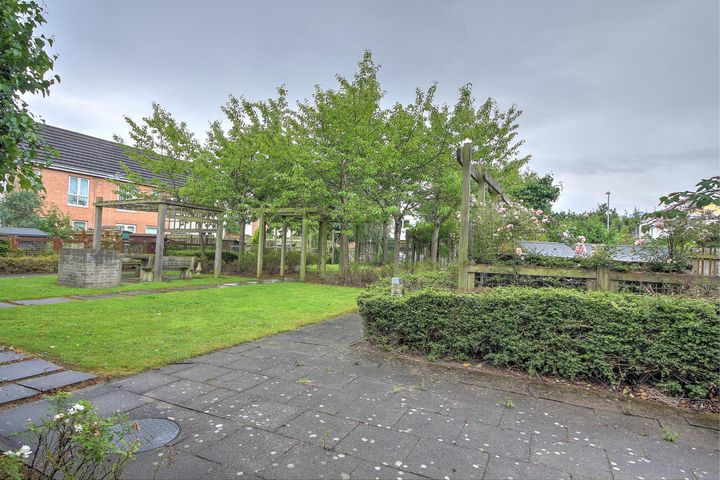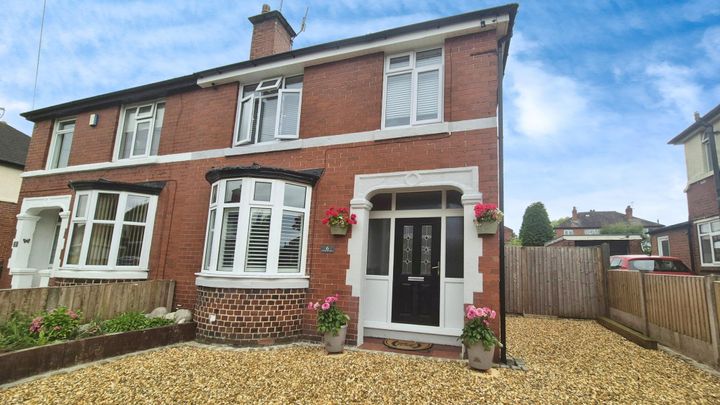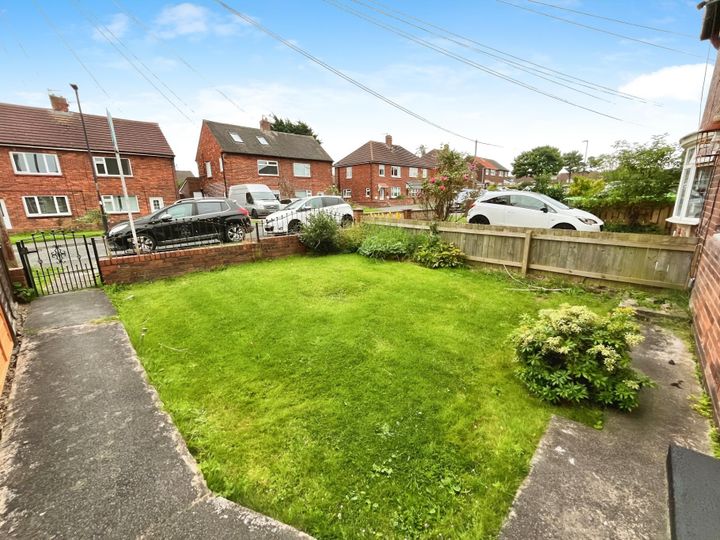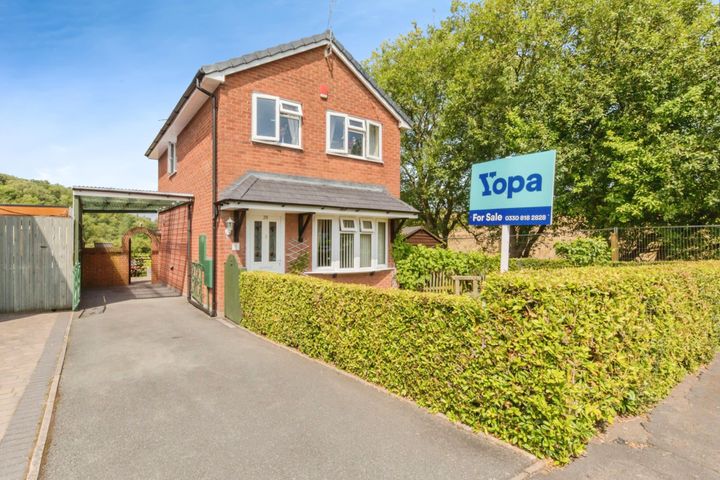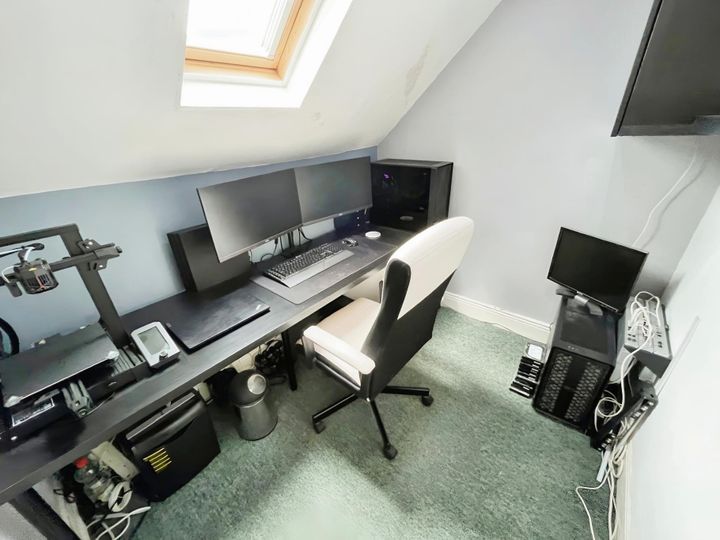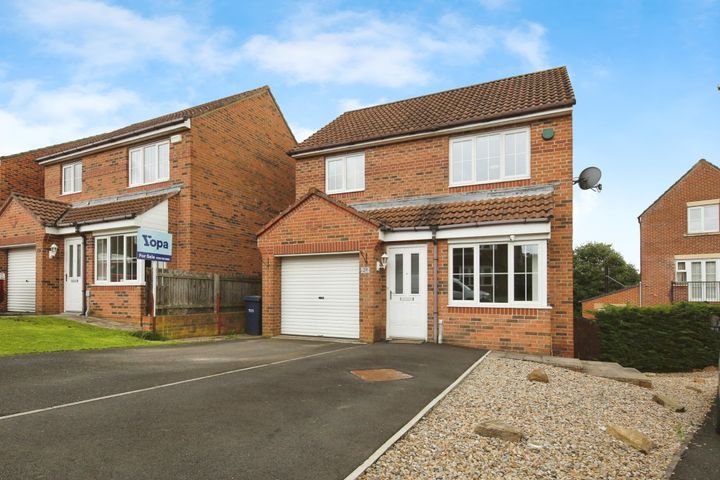Real estate prices in Tyne and Wear are influenced by several key factors. One significant aspect is the region's economic conditions; areas experiencing economic growth, such as Newcastle, tend to see rising property values due to increased demand. The proximity to amenities and transport links also plays a crucial role; for instance, properties near Metro stations or key road networks like the A1 are often more expensive due to their accessibility. Additionally, local planning policies can impact housing supply; recent developments in urban regeneration projects, such as the transformation of former industrial sites in Gateshead, have led to a surge in property values in those areas. The presence of educational institutions, particularly in cities like Durham and Newcastle, attracts families and students, further driving demand and subsequently influencing prices. Lastly, socio-demographic factors, including population trends and the desirability of neighborhoods, greatly impact real estate prices, with trendy areas like Jesmond and Heaton fetching higher prices compared to more suburban regions.
Tyne And Wear
Location
Price Range
Any price
Price Range
Minimum
No min
Maximum
No max
Property type
Show all
Property type
Show all
House
Apartment
Building
Other
Bedrooms
Any beds
Bedrooms
Minimum
No min
Maximum
No max
Surface Range
Any surface
Surface Range
Minimum
No min
Maximum
No max
Sale type
For sale
Sale type
Show all
To rent
For sale
Location
Apartments and houses for sale in Tyne And Wear
68 results
Recent
Tyne And Wear insights
| Aspect | Summary |
|---|---|
| Population | 1.15 million |
| Average Property Price | £190,000 |
| Rental Yield | 5.5% |
| Average Rent | £900/month |
| Occupancy Rate | 90% |
| Capital Growth Rate | 3% per annum |
| Property Tax | 1.2% of property value |
| Transaction Costs | 3-5% of property price |
| Expected ROI | 8% per annum |
| Economic Growth Impact | Moderate growth due to investments in infrastructure and regeneration projects. |
Tyne And Wear FAQ
What factors affect real estate prices in Tyne and Wear?
How do property prices in Tyne and Wear compare to nearby areas?
Property prices in Tyne and Wear tend to be more affordable compared to some of its neighboring areas, such as Northumberland and County Durham. For instance, as of late 2023, the average property price in Tyne and Wear hovers around £150,000, while in Northumberland, it can reach approximately £200,000. This price disparity is partly due to Tyne and Wear's urban environment and the availability of a wider range of housing options, from city flats in Newcastle to terraced homes in Gateshead. In contrast, areas like South Tyneside also reflect a similar trend, where property prices are comparatively lower, with averages around £140,000. The demand and supply dynamics in Tyne and Wear are also influenced by its vibrant urban culture and proximity to the coast, making it a desirable location for first-time buyers and investors. Neighborhoods such as Whitley Bay and Tynemouth can command higher prices due to their seaside allure, with properties often exceeding £300,000, showcasing a clear contrast within the region.
What trends are currently observed in the real estate market of Tyne and Wear?
The real estate market in Tyne and Wear is currently experiencing a notable surge in demand for both residential and commercial properties, driven largely by a combination of urban regeneration projects and the appealing affordability compared to other regions in the UK. In areas like Newcastle upon Tyne, there has been an increase in the construction of new apartment developments to cater to young professionals and students, which is further fueled by a growing tech sector and student population. Low interest rates have also incentivized first-time buyers to enter the market, leading to rising property prices, particularly in sought-after neighborhoods such as Jesmond and Heaton. In the commercial sector, a trend towards flexible workspaces has been observed, with co-working spaces becoming more prevalent as businesses adapt to hybrid working models. Additionally, the recent transformation of older industrial sites into mixed-use developments is adding to the attractive urban landscape, reflecting a broader trend of sustainable living and community-focused planning.
How does the local economy impact home prices in Tyne and Wear?
The local economy in Tyne and Wear significantly influences home prices through various factors such as employment rates, wage levels, and investment in infrastructure. For instance, areas with thriving industries like technology and renewable energy, particularly in cities like Newcastle upon Tyne and Sunderland, have seen rising demand for housing as job opportunities attract new residents. In contrast, regions dependent on declining industries, such as traditional manufacturing, may experience stagnant or decreasing home values as residents seek employment elsewhere. Additionally, government initiatives aimed at revitalizing urban areas, such as the regeneration projects along the River Tyne, can lead to increased property values due to enhanced amenities and improved living conditions. Furthermore, fluctuations in local disposable income impact purchasing power; a rise in average earnings due to a booming service sector may result in higher home prices as buyers can afford more. Overall, the interplay between local economic conditions and housing demand places significant pressure on property markets in Tyne and Wear.
What is the average price of a home in Tyne and Wear?
As of late 2023, the average price of a home in Tyne and Wear varies significantly depending on the specific area and type of property. In Newcastle upon Tyne, the average house price is around £250,000, with city centre apartments often fetching higher prices due to their proximity to amenities. In areas like Gateshead, the average price tends to be lower, sitting around £190,000, while the suburban areas such as Sunderland see averages closer to £180,000. More affordable options can be found in parts of South Tyneside, where properties may average around £155,000. These prices reflect a mix of terraced houses, semi-detached properties, and flats, which contribute to the diverse housing market within the region.
Are property prices in Tyne and Wear likely to rise or fall in the coming years?
Property prices in Tyne and Wear are influenced by various factors, including economic conditions, local demand, and investment in infrastructure. For instance, the ongoing development of the Newcastle city center and improvements to transport links, such as the extension of the metro system, could bolster demand and potentially lead to price increases. In contrast, economic uncertainties, particularly those linked to broader issues such as employment rates or changes in government policy, may place downward pressure on the housing market. Areas like Gateshead and Sunderland have seen fluctuations in prices, with some neighborhoods experiencing growth while others struggle due to oversupply or declining local industries. The affordability of homes in Tyne and Wear relative to other regions might attract more buyers, but it remains to be seen how national trends, such as interest rate changes, will affect buyer sentiment and, ultimately, property values.
What are some common neighborhoods with varying real estate prices in Tyne and Wear?
Tyne and Wear hosts a diverse range of neighborhoods, each with distinct real estate prices influenced by factors such as location, amenities, and property types. In Newcastle upon Tyne, areas like Jesmond and Heaton showcase varying price ranges; Jesmond is known for its upscale properties and vibrant community, typically commanding higher prices, whereas Heaton offers more affordable options, appealing to students and young professionals. Similarly, in Sunderland, Ashbrooke is sought after for its spacious Victorian homes, leading to higher property values, while neighborhoods like Millfield offer lower-priced alternatives with easy access to the city's amenities. Gateshead also highlights this disparity, with areas such as Low Fell featuring larger family homes at a premium, while Bensham provides more economical choices amidst a mix of housing styles. Additionally, the coastal town of Whitley Bay reflects this trend, where properties near the seafront can be significantly more expensive compared to those further inland. Each neighborhood in Tyne and Wear provides a unique snapshot of the real estate landscape, catering to different demographics and budgets.


